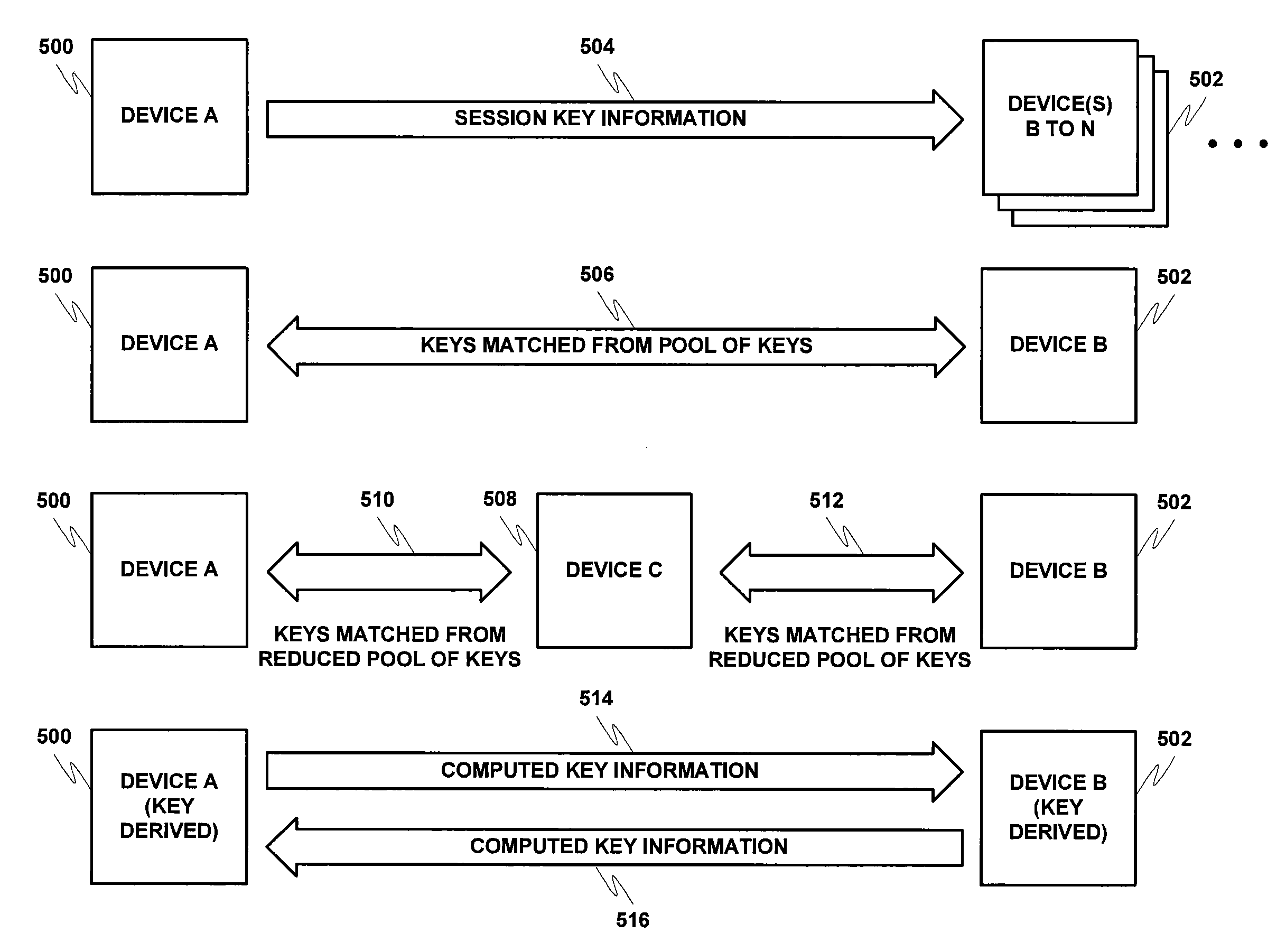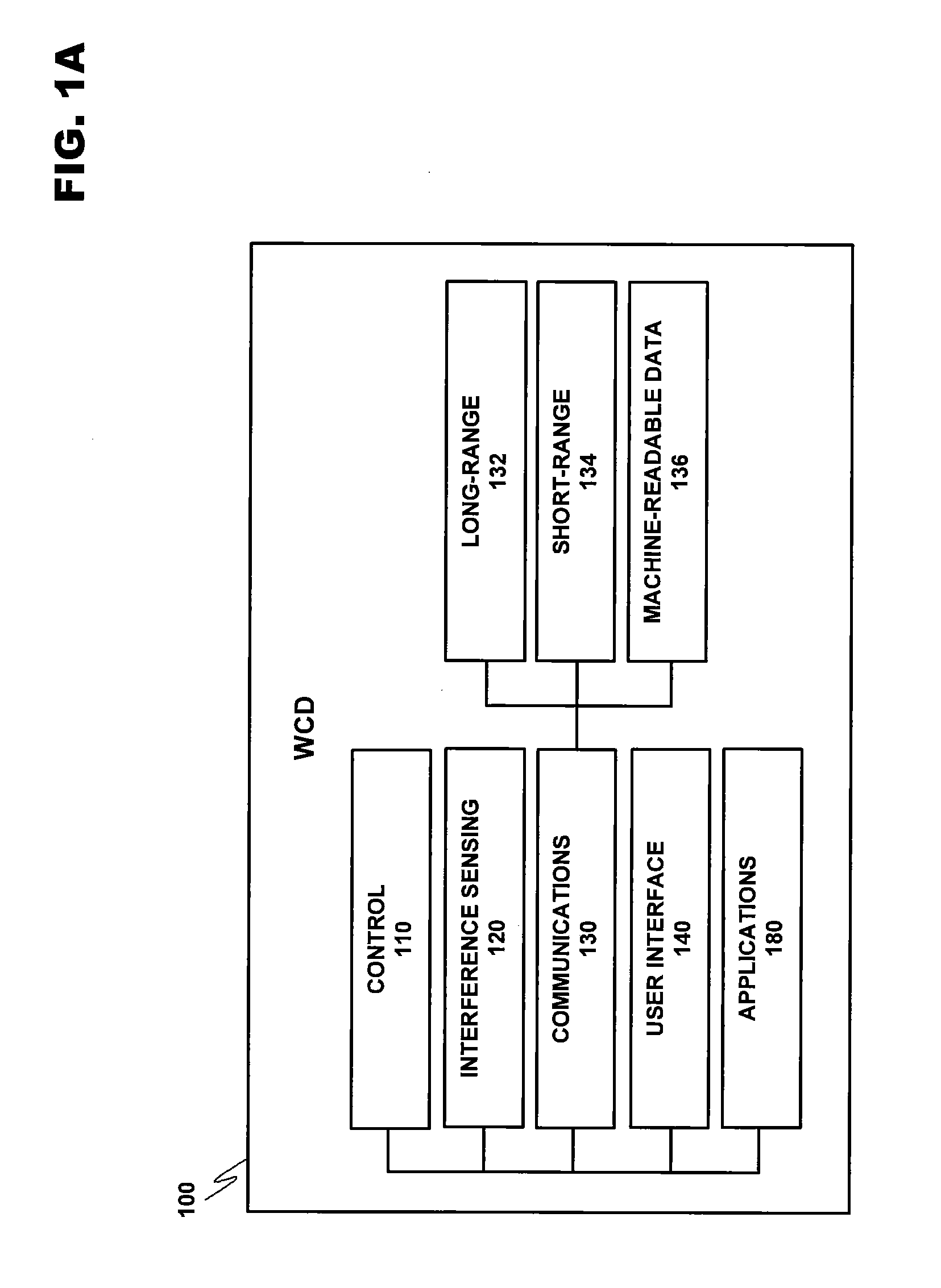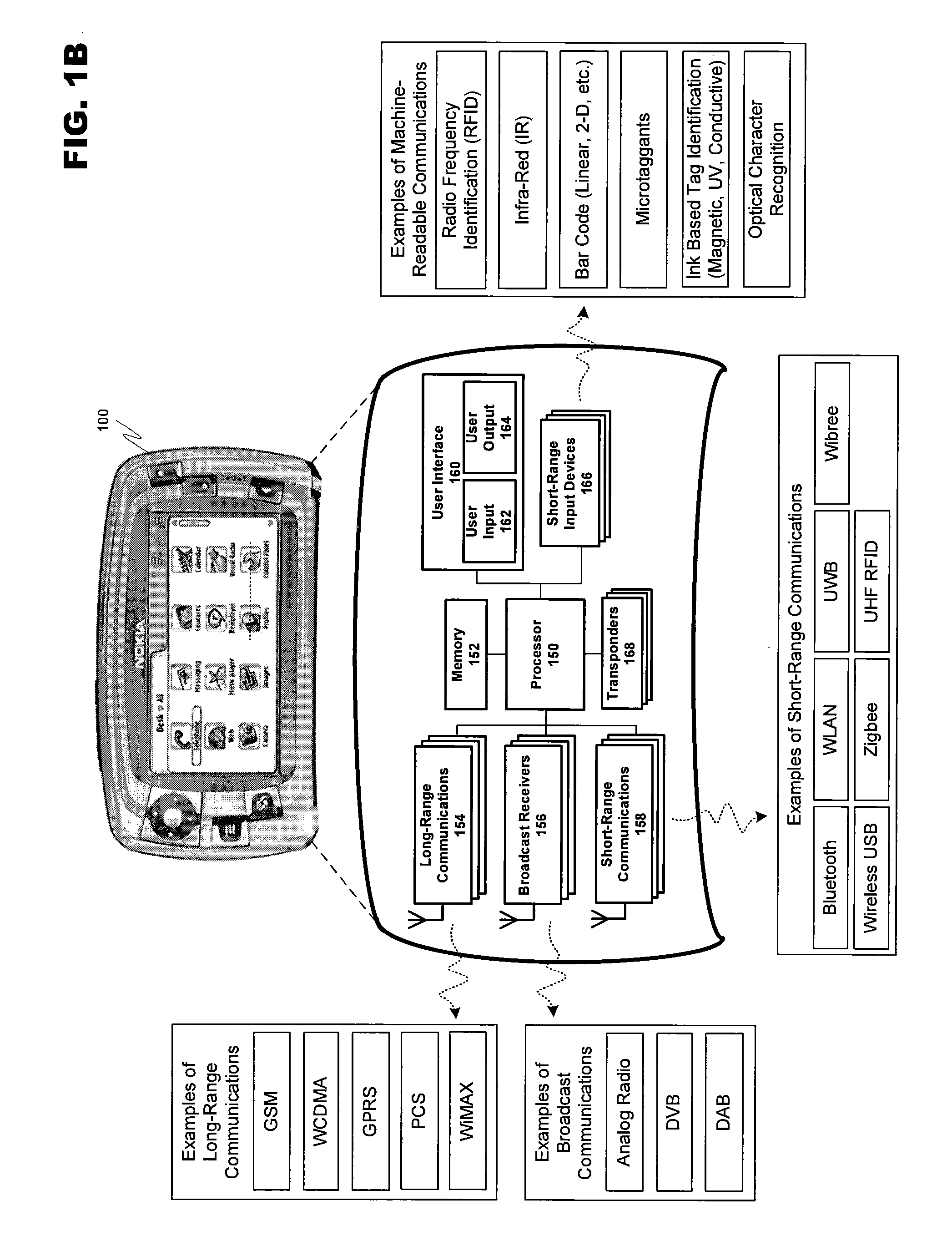Secure key exchange algorithm for wireless protocols
a wireless protocol and key exchange technology, applied in the field of secure communication in a wireless protocol, can solve the problems of small operator interfaces installed in these devices, affecting the user's experience, and not being conducive to high throughpu
- Summary
- Abstract
- Description
- Claims
- Application Information
AI Technical Summary
Benefits of technology
Problems solved by technology
Method used
Image
Examples
Embodiment Construction
[0027]While the invention has been described in preferred embodiments, various changes can be made therein without departing from the spirit and scope of the invention, as described in the appended claims.
I. Wireless Communication Device
[0028]As previously described, the present invention may be implemented using a variety of wireless communication equipment. Therefore, it is important to understand the communication tools available to a user before exploring the present invention. For example, in the case of a cellular telephone or other handheld wireless devices, the integrated data handling capabilities of the device play an important role in facilitating transactions between the transmitting and receiving devices.
[0029]FIG. 1A discloses an exemplary modular layout for a wireless communication device usable with the present invention. WCD 100 is broken down into modules representing the functional aspects of the device. These functions may be performed by the various combinations...
PUM
 Login to View More
Login to View More Abstract
Description
Claims
Application Information
 Login to View More
Login to View More - R&D
- Intellectual Property
- Life Sciences
- Materials
- Tech Scout
- Unparalleled Data Quality
- Higher Quality Content
- 60% Fewer Hallucinations
Browse by: Latest US Patents, China's latest patents, Technical Efficacy Thesaurus, Application Domain, Technology Topic, Popular Technical Reports.
© 2025 PatSnap. All rights reserved.Legal|Privacy policy|Modern Slavery Act Transparency Statement|Sitemap|About US| Contact US: help@patsnap.com



